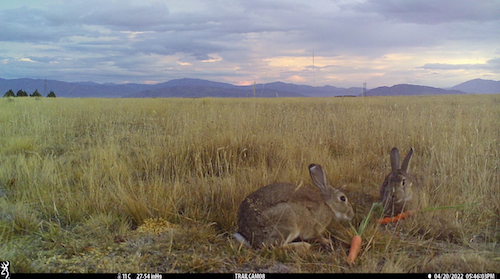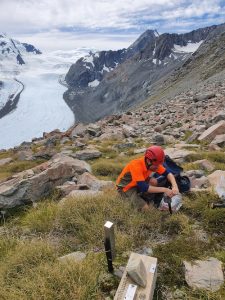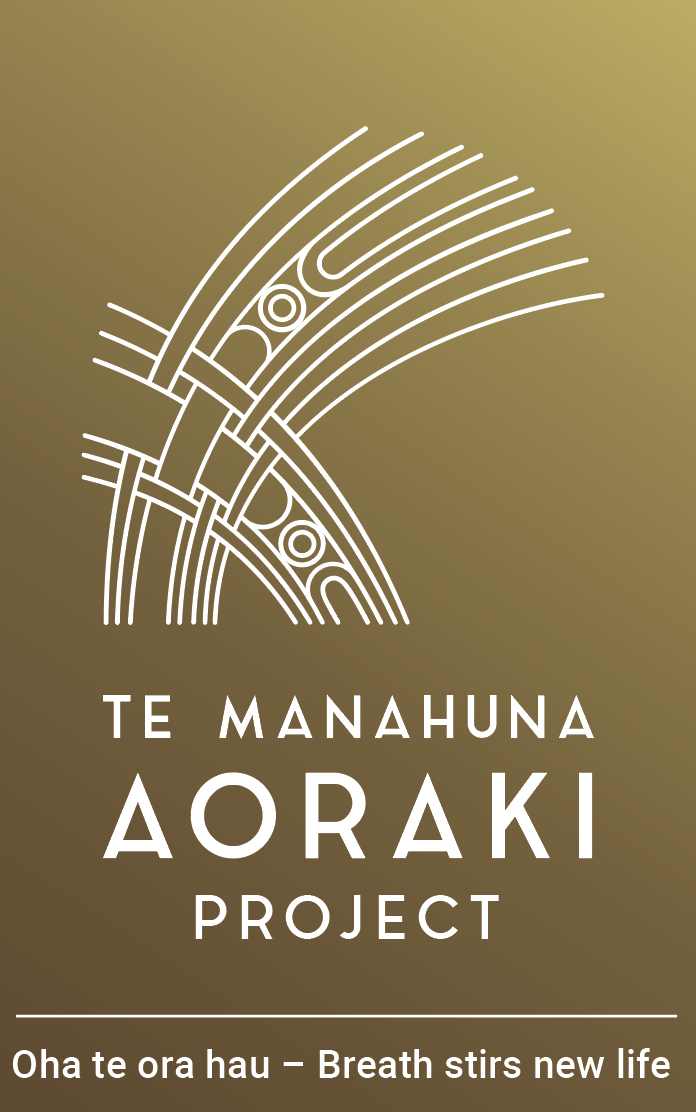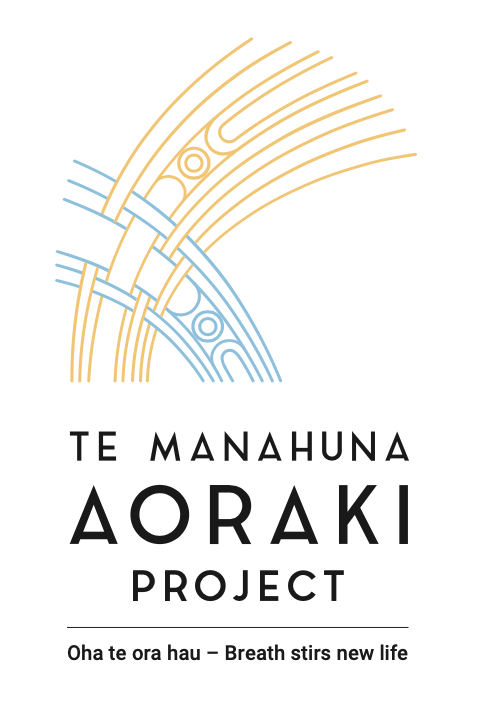Patersons Terrace rabbits
We are continuing to trial new approaches to eliminate, rather than suppress, rabbits. In winter we eliminated rabbits across 75 hectares at Patersons Terrace, and we have now expanded this work across 1,300 hectares.
Rabbits provide the food source for predators like feral cats and stoats so when we have high rabbit numbers we have a corresponding high predator population, putting our native species in danger.
The Patersons Terrace site is a flat tussock dryland site that has a camera detection network with one camera every 8 hectares. This network is showing we have no or very low rabbits across much of the site. Various methods are being used to remove remaining rabbits including pindone patch poisoning, dogs and ferrets, and thermal night shooting.
We will continue to remove any surviving rabbits with the aim of learning how to achieve and maintain rabbit freedom, rather than merely reducing rabbits to low numbers.

Farmland multi-species elimination
As we learn more about the best techniques to move towards completely eliminating rabbits the plan is to move into a farmland context, trialling methods to eliminate five pest species – rabbits, hedgehogs, hares, possums and rats.
We are currently determining the location for this work. It will likely include farmland that is home to kakī/black stilt nesting habitat and rare ephemeral wetland plants which can be devastated by rabbit browsing.
Alongside rabbits we will work to eliminate hedgehogs, hares, possums and rats. These pests all have relatively small home ranges of similar size. We hope to be able to use rabbit fencing and other natural barriers to reduce the opportunity for reinvasion.
This trial is part of our work being funded by Predator Free 2050 Ltd and will be important to enable elimination of pests across the 80,000 hectares between the two lakes.
Alpine pest elimination
The project team has been back in the Malte Brun Range over the last few weeks to begin mopping up the final few possums left after an aerial predator removal operation was successfully completed in late April. Now we are exploring opportunities to extend the pest free area in Aoraki Mount Cook National Park.
 The Malte Brun is home to rare species like tuke/rock wren, kea, mountain stone wētā, herb fields and sub-alpine scrubland. Possums are known to munch through these alpine plants. They also devour insects, and the chicks and eggs of native birds.
The Malte Brun is home to rare species like tuke/rock wren, kea, mountain stone wētā, herb fields and sub-alpine scrubland. Possums are known to munch through these alpine plants. They also devour insects, and the chicks and eggs of native birds.
Our motion activated trail cameras show only a handful of possums remain and we are now targeting the survivors using auto traps. Before the control operation we estimated there were around 1,100 possums in the area. We also believe the pest removal operation has eliminated stoats, and significantly reduced the number of hares, meaning 16,500 hectares in Aoraki Mount Cook National Park will become pest free.
The glaciers, rivers and mountain ranges help prevent reinvasion. The Malte Brun adjoins Predator Free South Westland’s project area, where ZIP is currently managing over 40,000 hectares for predator freedom.
Ranger Doug Rands checking a trap and motion activated camera in the Malte Brun Range, photo Inger Booiman


